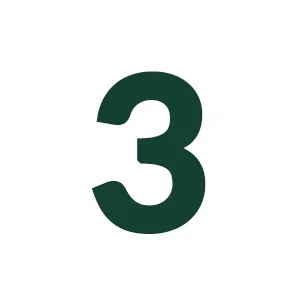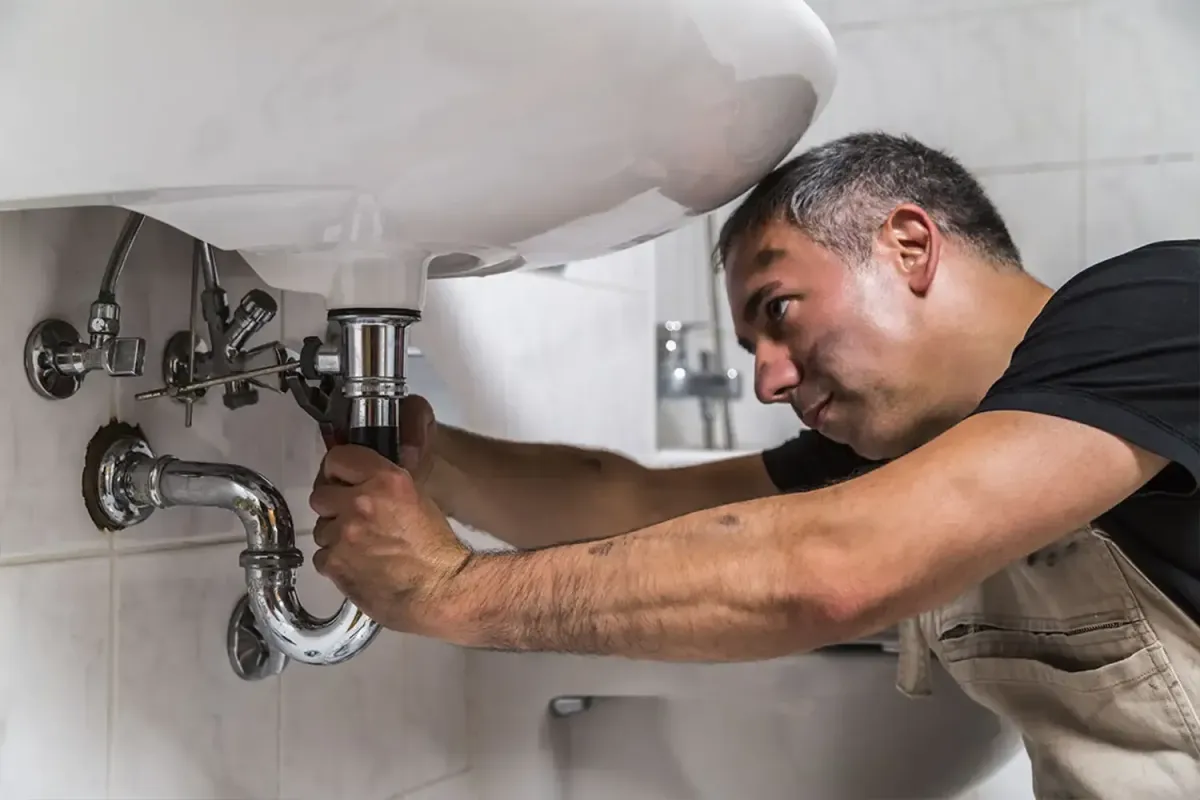
How Much Water Does the Average Household Use Annually
Water is one of the most essential resources we use daily, but how much water does the average household really use in a year? While it might not seem like much as you fill up a glass or run the faucet, the numbers can be quite surprising. Whether you’re looking to reduce your water bill, conserve resources, or just want to satisfy your curiosity, let’s dive into the world of household water consumption and discover where all that H2O is going!
The Average Water Consumption Per Household
On average, a typical U.S. household uses around 300 gallons of water per day, adding up to about 109,500 gallons of water annually. That’s enough water to fill about 200 standard-size bathtubs every year! Of course, water consumption can vary based on household size, location, and individual habits, but this figure gives us a solid foundation to understand household water usage.
Water Use Breakdown:
Showers: 20-30 gallons (per shower)
Toilets: 3-4 gallons (per flush)
Washing machine: 15-30 gallons (per load)
Dishwasher: 4-6 gallons (per cycle)
Outdoor use (lawns, gardens, pools): Huge variation, but can account for up to 50% of household water use, especially in the summer months.
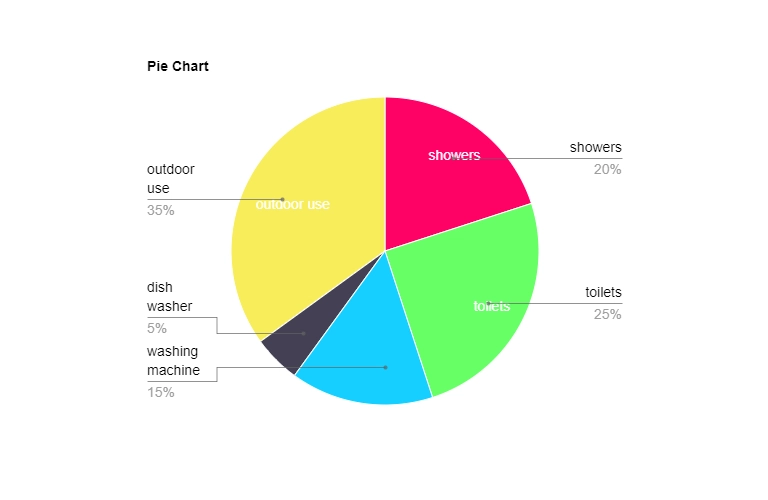
How Does Your Usage Compare?
Now, let’s put things in perspective. According to the EPA, an American family of four uses around 12,000 gallons of water monthly during winter (when outdoor water use is low) and up to 30,000 gallons in summer. So, if your water bill seems high, it could be related to outdoor activities like watering your lawn or filling up your swimming pool.
Water Consumption Worldwide
Compared to other countries, water use in the U.S. is on the higher side. In Europe, for instance, average daily water usage per person hovers around 50-70 gallons—almost half that of the U.S. Why? Factors like smaller gardens, fewer swimming pools, and higher efficiency standards for appliances contribute to this difference.
Fun Water Facts
Before we delve into deeper statistics and numbers, let’s break it up with some fun water facts:
It takes about 1,800 gallons of water to produce a pair of jeans. That’s equivalent to about six months of drinking water for a person!
A leaky faucet that drips once per second can waste more than 3,000 gallons of water per year. Fixing it could save enough water to take over 180 showers!
The average bath uses 70 gallons of water, while a 10-minute shower with a low-flow showerhead uses around 20 gallons.
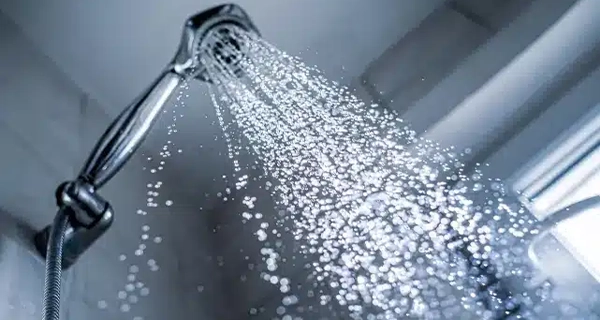
Water Use by Category – Where Does It All Go?
Water use in a household can be broken down into a few key categories. Understanding where the most water is consumed can help you target areas to save more.
1. Toilets (25%)
Toilets make up a significant chunk of household water use. A typical toilet flush uses about 3-4 gallons of water. If you live in an older home, your toilets might use even more. In fact, older toilets can use up to 7 gallons per flush! Switching to water-saving toilets could reduce this number by more than half.
2. Showers (20%)
A relaxing shower is great, but it’s also one of the top water-consuming activities. Showers typically use 20-30 gallons depending on their length. By using a low-flow showerhead, you could cut this number by up to 50%, reducing your daily water use and saving money on your water bill.
3. Washing Machines (15%)
Washing clothes uses 15-30 gallons per load, depending on your washing machine’s efficiency. High-efficiency washers use as little as 10 gallons per load, compared to older models, which might use 2-3 times more.
4. Outdoor Watering (35%)
During summer, outdoor watering can account for up to half of a household’s total water use. Watering your lawn for just 30 minutes can use 1,000 gallons of water. Installing a drip irrigation system and watering your garden early in the morning can significantly reduce this amount.
5. Dish Washer (5%)
Washing your dishes uses 4-6 gallons per cycle, depending on your machine’s efficiency. High-efficiency machines use as little as 4 gallons per load, compared to older models, which might use up 6, 7 or oven more than that per cycle.
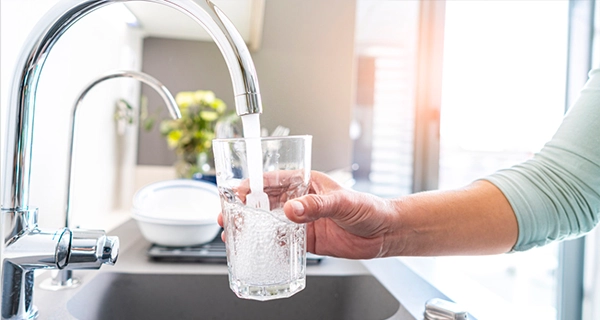
How to Reduce Your Water Consumption
Now that we know where most water is used in households, what can you do to reduce water usage (and save on bills)? Here are some practical tips:
1. Upgrade to Water-Efficient Appliances
If your appliances are over 10 years old, they might be wasting more water than necessary. Newer washing machines, dishwashers, and toilets are designed to use far less water. For example, Energy Star washing machines use 40% less water than standard models.
2. Fix Leaks
Even small leaks can have a massive impact. Fixing leaky faucets, pipes, or running toilets could save you 10% or more on your water bill. Remember that dripping faucet? That’s over 3,000 gallons of water lost a year from just one drip per second.
3. Use Water-Saving Fixtures
Consider installing low-flow showerheads, faucets, and toilets. These fixtures can reduce water use by up to 50%, without compromising performance.
4. Smart Irrigation Systems
If you have a garden, a smart irrigation system will ensure you’re not overwatering. These systems adjust watering schedules based on the weather, saving you both water and time.
Water Conservation is Cost-Effective
Here’s the financial upside: Conserving water can lead to significant savings on your water bill. Reducing household water use by 10% could save the average household between $75 and $150 annually. If you live in an area with water shortages or high utility rates, the savings could be even greater.
Understanding Your Water Bill
Do you ever wonder how your water bill is calculated? Most households are charged by the gallon, so reducing your water consumption will have a direct impact on your bill. If you notice a spike in your water usage without a change in your routine, it could be due to a hidden leak.
Conclusion: Making Small Changes for Big Savings
Water is a precious resource, and while we often take it for granted, small changes can make a big impact. By reducing your household water usage, you can not only save money on your water bill but also help conserve water for future generations. So, whether it’s switching to water-efficient appliances or simply fixing that leaky faucet, every drop counts!
FAQs on Water Consumption:
How much water does a 2-person household use per day?
A 2-person household uses about 100-150 gallons per day, depending on individual habits.Does taking a bath use more water than a shower?
Yes, the average bath uses 70 gallons of water, while a 10-minute shower uses about 20-30 gallons, depending on the showerhead.How much water does a family of four use annually?
A family of four uses approximately 146,000 gallons per year, considering average usage.What’s the easiest way to reduce water use at home?
Switching to water-efficient appliances and fixing leaks are the two most impactful ways to reduce water consumption.Is outdoor water use really half of all household consumption?
Yes, especially in summer, outdoor water use can account for up to 50% of a household’s total water consumption.Can water-saving appliances really save money?
Absolutely! Water-efficient appliances can reduce water usage by 20-40%, leading to lower utility bills and long-term savings.




